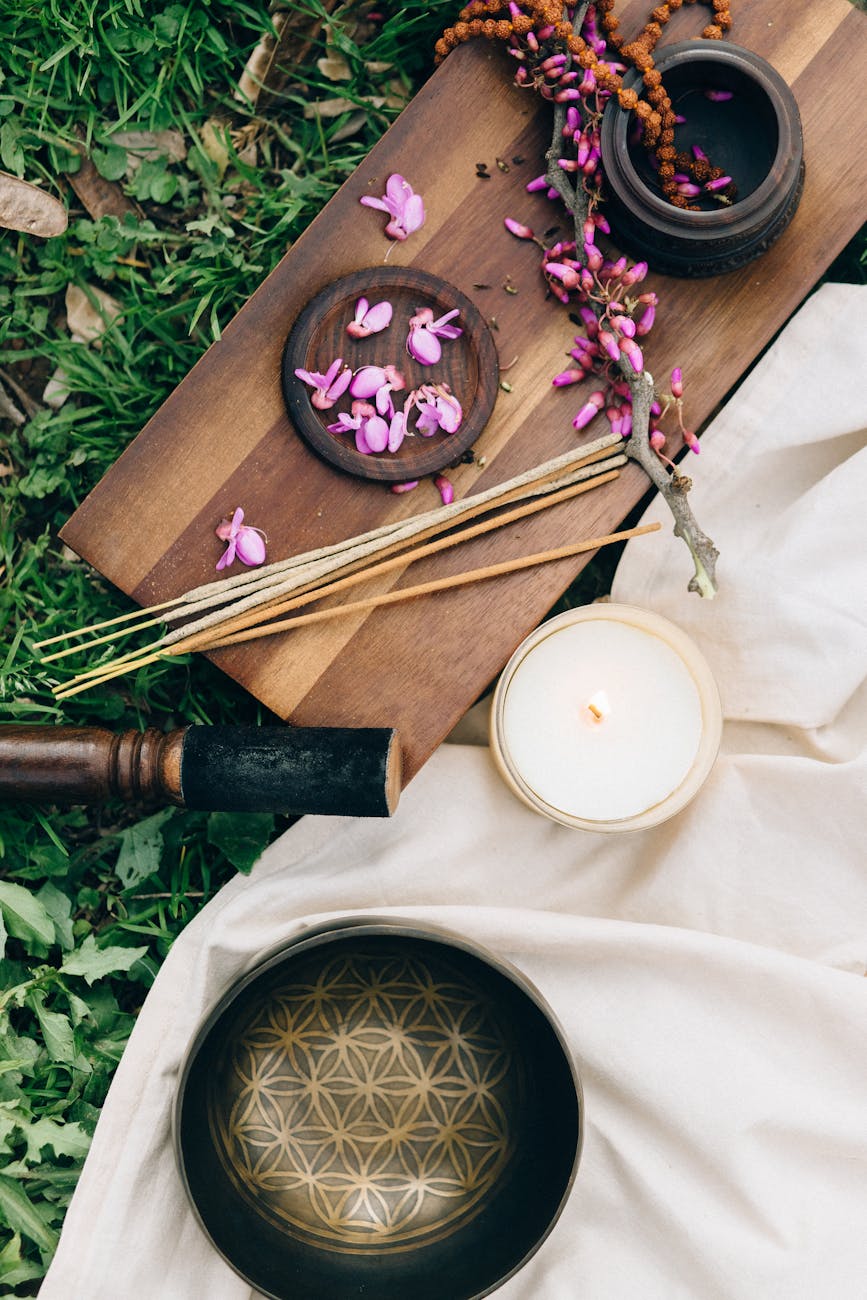There is a kind of magic in stillness, a quiet pulse that hums just beneath the surface of the world. Sacred spaces are the thresholds where that magic rises, becoming almost tangible. They can be grand—the ruins of an ancient abbey, bathed in dappled light—or they can be humble—a corner of your home claimed by a candle and a few meaningful trinkets. The common thread is this: these are places where the world slows, and reflection takes root.
But what makes a space sacred? And how can you craft one for yourself, a sanctuary where you can pause, breathe, and listen to the whispers of your inner self? Let’s journey through the idea of sacred spaces and uncover ways to make your own.
The Power of Place
Throughout history, people have sought places that feel closer to the divine, the otherworldly, or simply the calm centre of their being. Ancient druids gathered in groves where the trees themselves seemed to hum with wisdom. Pilgrims walked for weeks, drawn to sacred wells and cathedrals. Even now, there are places where the air feels thicker, heavier with something unseen but felt.
These spaces are not just about their location; they are about intention. A sacred space isn’t found, not always. It’s made, shaped by purpose and the quiet power of what you bring to it.
How to Create a Sacred Space
Building your own sacred space is not about rules. It’s about resonance—choosing elements that speak to you, that invite reflection and renewal. Here are a few steps to guide you:
1. Choose Your Space
Look for a place that feels comfortable and private. It could be a windowsill, a small table, or even a part of your garden. The key is that it feels like yours.
2. Gather Meaningful Objects
Sacred spaces thrive on symbolism. Add objects that hold meaning: a smooth stone from a favourite walk, a candle to represent light, or a photograph that evokes calm. Each item is a thread in the story of your space.
3. Incorporate Nature
Nature grounds us. Add a sprig of rosemary, a bowl of water, or a small potted plant. These elements connect your space to the earth, anchoring you in the present moment.
4. Set an Intention
What will your space be for? Reflection? Renewal? Quiet meditation? Setting an intention imbues your space with purpose, making it a true sanctuary.
Rituals for Reflection
Once you’ve created your sacred space, it’s time to use it. Reflection isn’t just sitting and thinking; it’s an active practice, a conversation with yourself. Here are some rituals to try:
Journaling
Sit with a notebook and let your thoughts flow. Write about the day, your dreams, or simply the things you’re grateful for. Words can be powerful tools for unravelling the knots within.
Lighting a Candle
There is a certain magic in flame, a reminder of transformation and light. Light a candle in your space and sit quietly. Watch the flame dance, and let it draw you into a state of calm.
Meditation or Visualisation
Close your eyes and focus on your breath. Picture yourself walking through a serene forest or standing by the sea. Visualisation can ground you in the present while opening your mind to possibilities.
The Beauty of Everyday Sacredness
Sacred spaces are not confined to rituals. They can exist in the quiet of a morning cup of tea, in the pages of a well-loved book, or in the moments before sleep when the world is soft and silent. The act of creating a sacred space is not about escape; it’s about finding a little more of yourself, right here, in the midst of it all.
So, as you carve out your space, remember: the sacred isn’t far away. It’s waiting, patient and still, for you to invite it in.
Shop Now to find the perfect treasures to begin your journey into sacred spaces and self-reflection.


Leave a Reply